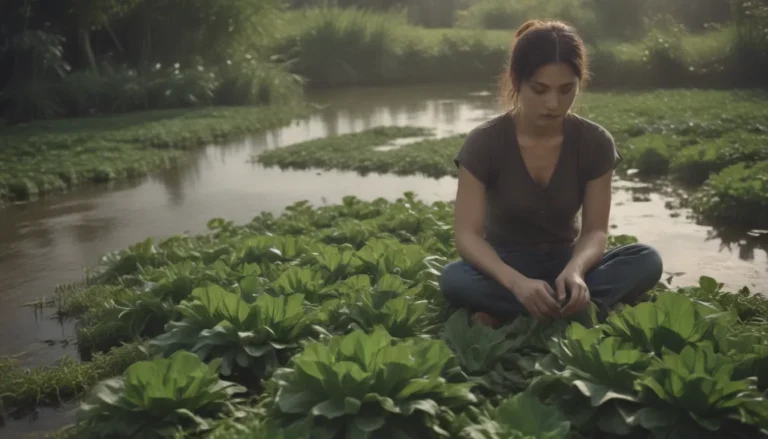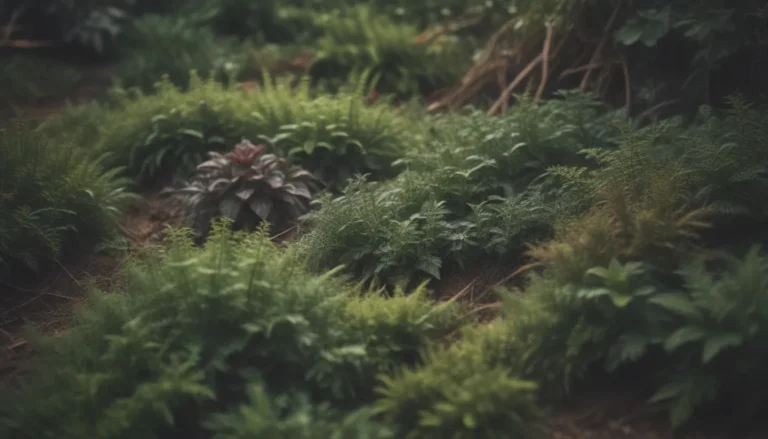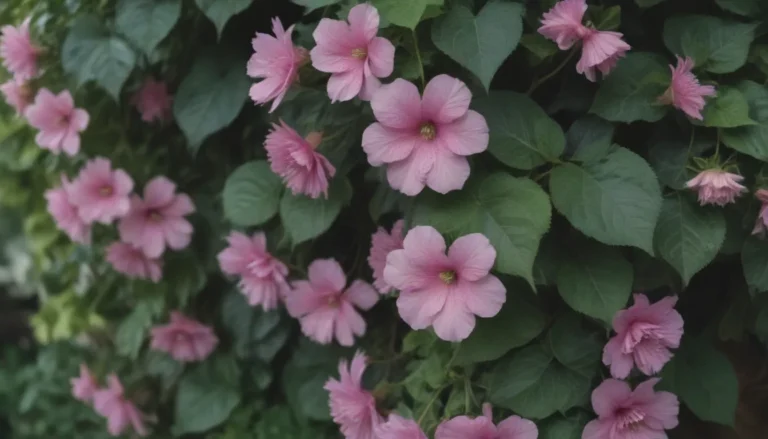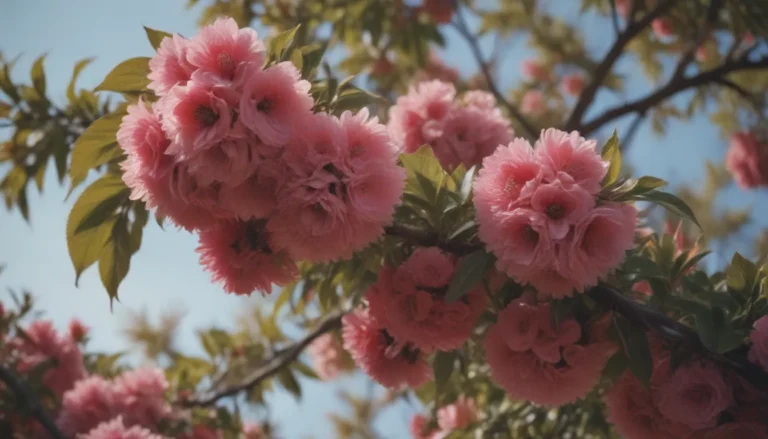A Complete Guide on Growing and Caring for Donkey’s Tail Succulents

Are you a succulent enthusiast looking to add a unique plant to your collection? Donkey’s Tail (Sedum morganianum) might be just what you’re looking for. Known for its distinctive tear-drop shaped leaves that cascade down like a tail, this plant is a favorite among succulent lovers. In this comprehensive guide, we will explore everything you need to know about growing and taking care of Donkey’s Tail succulents.
Introduction to Donkey’s Tail Succulents
Native to Honduras and Mexico, Donkey’s Tail succulents are slow-growing plants that can reach trailing lengths of up to 4 feet, with an average length of around 24 inches. These plants are commonly grown in pots, making them ideal for indoor spaces where they can be suspended as hanging specimens. While they rarely bloom indoors, red or pink flowers may emerge in late summer. The best part? Donkey’s Tail plants are safe and non-toxic to both people and pets.
Donkey’s Tail Care Guide
Taking care of Donkey’s Tail succulents is relatively easy as long as you follow a few simple guidelines. Here are some key tips to ensure your plant thrives:
Light
- Donkey’s Tail succulents thrive in warm sunlight, so make sure to place them in a sunny location. If grown indoors, choose a sunny windowsill that receives several hours of sunlight each day.
- When growing outdoors, ensure the plant gets plenty of morning sunlight but is shaded during the harsh afternoon hours to prevent leaf scorching.
Soil
- Plant your Donkey’s Tail succulent in well-draining, sandy soil. Opt for a gritty soil mixture designed for cacti or succulents.
- Use a container with drainage holes to prevent waterlogging, or mix sand into your ground soil for better drainage if planting in a garden.
Water
- Less is more when it comes to watering Donkey’s Tail succulents. Water the plant more frequently during spring and summer, and reduce watering in fall and winter.
- Allow the soil to dry out completely between waterings. Check the soil with your finger to ensure it’s dry at least an inch down before watering.
Temperature and Humidity
- Maintain a temperature of 65 to 75 degrees Fahrenheit for optimal growth. Donkey’s Tail can tolerate cooler temperatures but should be brought indoors before the first frost.
- Avoid excess humidity, as the plant prefers average humidity levels. Rot can occur if the environment is too humid.
Fertilizer
- While not necessary, a balanced 20-20-20 fertilizer can provide additional nutrients. Feed your plant at the beginning of the growing season in spring, and adjust the strength based on the plant’s age.
Types of Donkey’s Tail Succulents
There are two closely related forms of Donkey’s Tail succulents:
– Sedum morganianum
– S. morganianum ‘Burrito’
Pruning and Propagating Donkey’s Tail Succulents
Maintaining your Donkey’s Tail succulent involves occasional pruning and propagation. Here’s how you can keep your plant healthy and thriving:
Pruning
- Clip off sparse stems near the plant crown if leaves drop off. Pruning is also necessary when harvesting leaves for propagation.
- Removing leaves from a portion of the stem can promote side-branching and stimulate growth.
Propagating
- Donkey’s Tail succulents can be easily propagated through stem cuttings or leaf cuttings. Stem cuttings are the preferred method, as leaves tend to fall off easily.
Potting and Repotting
Repotting Donkey’s Tail succulents should be done with care, as the plant is fragile. Repot only when necessary, as the plant can tolerate being root-bound. Follow these steps for successful repotting:
– Wait until the plant truly needs repotting, as it can thrive with minimal disturbance.
– Choose a shallow clay pot and ensure the soil is completely dry before repotting.
– Spread out the roots when transferring the plant to a larger pot and allow it to acclimate before watering.
Overwintering and Common Pests
In winter, reduce watering to every other month and refrain from feeding the plant during low-growth periods. While Donkey’s Tail succulents are not prone to pests, watch out for aphids and mealybugs. Treat infestations with organic neem oil to keep your plant healthy.
Common Problems and Solutions
Donkey’s Tail succulents are generally low-maintenance, but a few common issues may arise. Here’s how you can address them:
– Leaves Turn Gray: Too much harsh light can cause leaves to turn gray. This may also result in a chalky white appearance, which is a natural defense mechanism against sun exposure.
– Leaves Shrivel and Shrink: When leaves curl up and shrink, the plant likely needs water. Water thoroughly to revive the leaves.
– Stems Turn Soft and Collapse: Soft stems indicate overwatering and potential rot. Allow the plant to dry out to prevent further damage.
– Leaves Wilt and Fall Off: Drooping leaves are a sign of overwatering. Adjust your watering schedule to prevent further leaf loss.
How to Get Donkey’s Tail to Bloom
Donkey’s Tail succulents bloom infrequently, especially indoors. To encourage blooming, stress the plant slightly by exposing it to cooler temperatures. Additionally, ensure the plant receives plenty of sunlight but limit feeding to promote flowering.
In conclusion, Donkey’s Tail succulents are a beautiful addition to any succulent collection. By following the care tips outlined in this guide, you can successfully grow and maintain these unique plants in your home or garden. Remember to provide adequate sunlight, well-draining soil, and minimal water to keep your Donkey’s Tail happy and thriving. Happy gardening!





